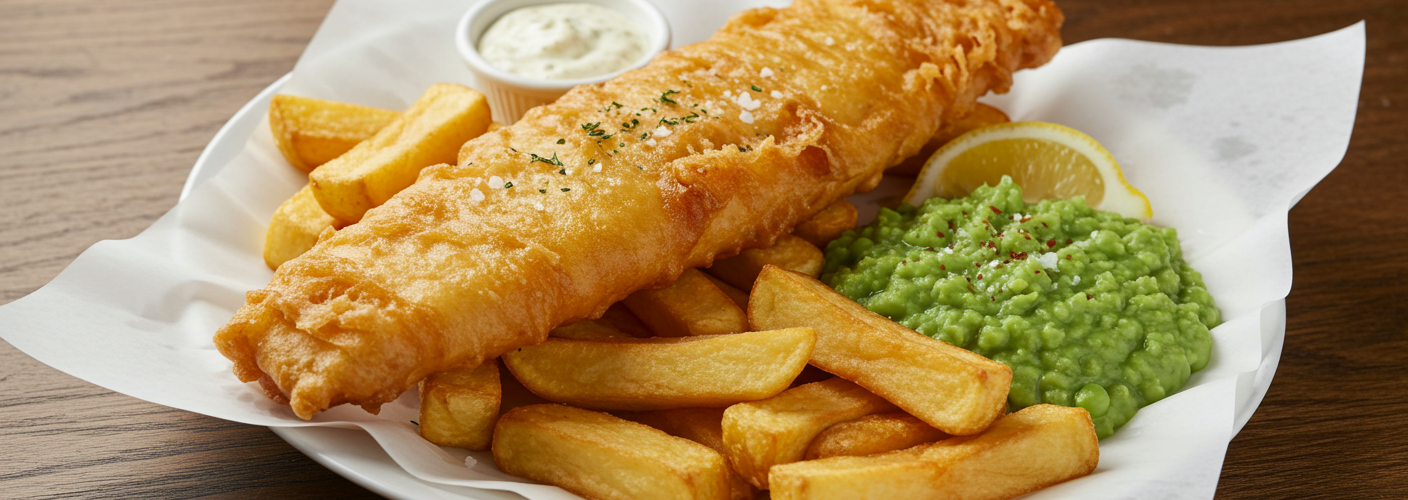When it comes to quintessential British cuisine, few dishes are as beloved as fish and chips. This hearty meal is not only a staple in the United Kingdom but has found fans across the globe. The charm of fish and chips lies not just in its taste but also in its rich history and cultural significance.
Originating in the 19th century, fish and chips emerged as a popular dish among the working class. The concept of frying fish in batter dates back even further, but it was in the industrial towns of England, particularly in London and the North, where the dish became widely popular. The advent of fish and chip shops, often referred to simply as “chippies,” marked a culinary revolution, providing affordable, filling meals to workers after long hours in the factories.
At its heart, fish and chips is comprised of two main components: the fish and the chips. The fish, typically cod or haddock, is dipped in a seasoned batter and fried until golden brown. The batter is a crucial element, transforming a simple piece of fish into a deliciously crispy delicacy. The chips, on the other hand, are thick-cut potatoes, fried to perfection and providing a satisfying crunch against the soft, flaky fish inside.
While simplicity is key to the dish, there are several ways to enhance the experience. A generous sprinkle of salt and a splash of malt vinegar can elevate the flavors to new heights. For those with adventurous palates, adding tartar sauce or a side of mushy peas can provide a welcome contrast to the richness of the fried fish. Mushy peas, typically made from marrowfat peas, are slightly sweet and creamy, pairing beautifully with the salty crunch of the fish and chips.
For many, enjoying fish and chips is a ritual. Whether dining in at a local chippy or packing up a takeaway for a picnic, there is something inherently comforting about this meal. In coastal towns, it often includes enjoying the food with a view of the sea, as waves crash in the background. This picturesque setting adds to the charm and nostalgia often associated with fish and chips.
In recent years, the dish has evolved, with many chefs experimenting with flavors and techniques. Gourmet fish and chips can now be found in upscale restaurants, where chefs might use sustainably sourced fish or unique batter blends. Additionally, alternatives such as sweet potato fries or gluten-free batters cater to a wider audience, ensuring that everyone can indulge in this classic.
Fish and chips are not merely a meal; they represent a slice of British culture and tradition. The simplicity combined with the robust flavors and textures has solidified its status as a national treasure. The dish has transcended its humble beginnings, adapting and flourishing through the years, yet it retains the essence of comfort food.
Whether you’re a local enjoying a Friday-night tradition or a traveler experiencing the sights and tastes of the UK for the first time, fish and chips offer more than just nourishment; they provide a connection to the past and a reminder of the enduring joys of straightforward, delicious food. So next time you have the chance, don’t hesitate to indulge in this timeless treat—complete with salt, vinegar, and perhaps a side of mushy peas.




Add comment